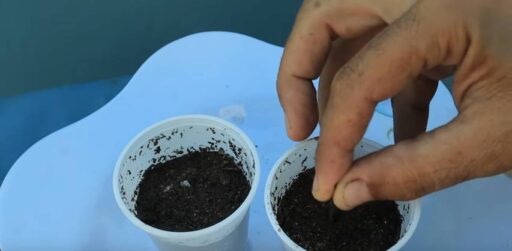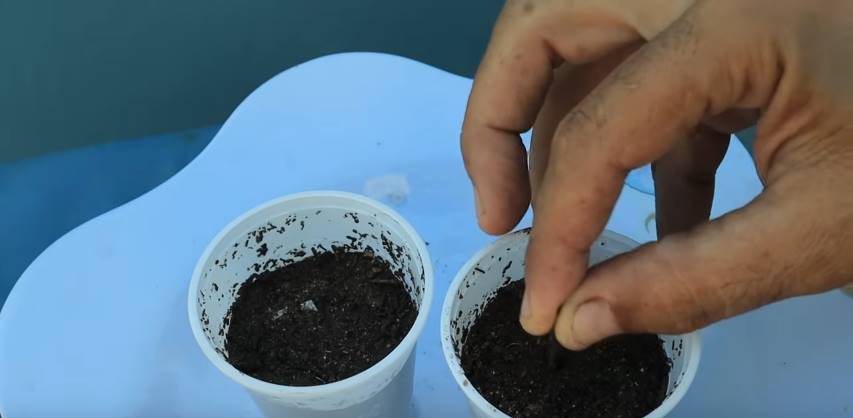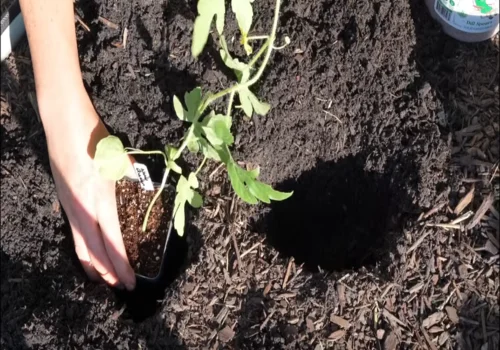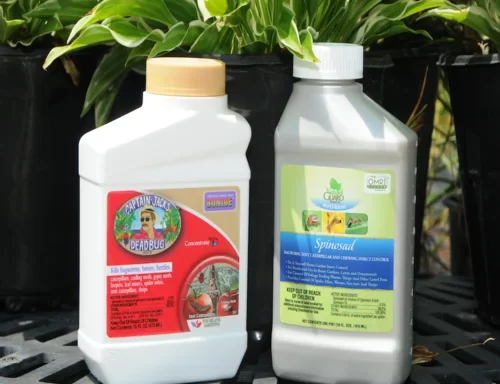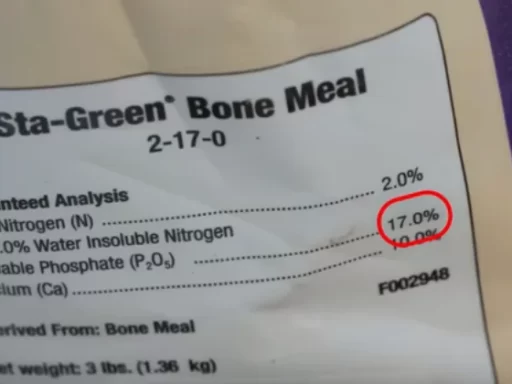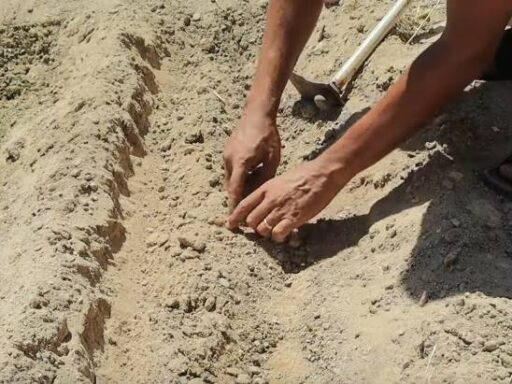Transplanting season is an exciting time for gardeners, especially in the early days of spring. As the temperatures rise and the days lengthen, many of us are eager to move our seedlings and young plants into the garden. However, the rising cost of transplants can be frustrating, especially for gardeners looking to save money. In recent years, the price of even basic plants like tomatoes and peppers has skyrocketed, with some transplants costing as much as $10 per plant! Fortunately, there are several ways to avoid overspending while still filling your garden with healthy, productive plants. Here are three effective strategies to get transplants at the most affordable prices.
1. Buy From Local Nurseries Instead of Big-Box Stores
One of the best ways to save money on garden transplants is by purchasing from local nurseries instead of large chain stores. Big-box stores often inflate their prices for garden plants, sometimes charging $5 or more for a single seedling. In contrast, local nurseries tend to offer a wider selection of plants at more reasonable prices. Additionally, when you shop at a local nursery, you’re supporting small businesses within your community.
The staff at nurseries are often more knowledgeable than those at large chain stores and can provide helpful advice on plant care, local growing conditions, and more. If you live in a city or suburban area, it may take a bit of driving to reach a nursery, but it’s often worth it for the variety and quality of plants you’ll find. Make sure to call ahead and ask about their stock to avoid unnecessary trips.
2. Look for Multiple Seedlings in One Container
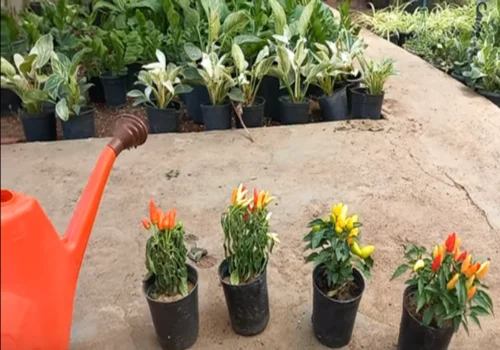
Another great way to save money on transplants is by taking advantage of seedlings that have multiple plants growing in one pot. Sometimes, growers place multiple seeds in a single cell or container to ensure germination. If the workers fail to thin out the extra seedlings, you may be able to buy a pot with two or three seedlings for the price of one.
Once you have these multi-seedling pots, you can carefully separate the plants and re-pot them individually. This method allows you to get double or even triple the number of plants for the same price. Be sure to handle the root balls gently, and use a good quality potting mix when separating the seedlings.
3. Take Advantage of Grocery Store Plants
Surprisingly, grocery stores can be a hidden gem for finding affordable transplants. Many grocery stores sell live herb plants in their produce section, such as basil, rosemary, parsley, and thyme. These herb plants are often the same price as fresh-cut herbs but can last much longer if cared for properly.
Some grocery stores even offer transplants for vegetables like tomatoes and peppers at prices much lower than those found at garden centers. When buying plants from a grocery store, however, be aware that they may not be acclimated to outdoor sunlight. These plants are usually grown indoors, so it’s important to gradually introduce them to outdoor conditions by placing them in a shaded area for a few days before exposing them to full sun.
Gradually Acclimate Your Plants to Sunlight
Whether you’re buying plants from a grocery store or a nursery, it’s essential to acclimate your transplants to outdoor conditions before planting them in your garden. Many plants, especially those grown indoors, can experience shock when exposed to direct sunlight. To prevent this, place your plants in a shaded area for a few days, gradually increasing their exposure to sunlight over the course of a week. This slow acclimation will help the plants adjust and reduce the risk of sunburn or stress.
Frequently Asked Questions
- Why are transplants from big-box stores so expensive? Big-box stores often charge higher prices due to overhead costs, and the convenience factor can drive up prices compared to local nurseries.
- How do I find local nurseries near me? A quick online search or asking fellow gardeners can help you locate nurseries. Many small businesses rely on word-of-mouth for advertising.
- What should I do if I accidentally damage the roots while separating seedlings? Don’t panic! Most plants will recover as long as you water them well and keep them in a shaded area for a few days to minimize transplant shock.
- Can I plant grocery store herbs directly in the garden? Yes, but it’s important to acclimate them to outdoor sunlight first, as they may have been grown indoors and could experience shock if planted outside immediately.
- How long should I wait before transplanting seedlings into full sunlight? Typically, a gradual acclimation process over 7 to 10 days will help your plants adjust to full sun exposure.
- Is it worth growing from seed instead of buying transplants? Growing from seed is often the most economical option, especially if you need a large number of plants. However, buying transplants can save time and effort if you have a smaller garden.
- What kind of soil should I use for separating seedlings? A mix of coco coir, perlite, and vermiculite is ideal for potting small seedlings. This light, airy mix promotes good root development.

